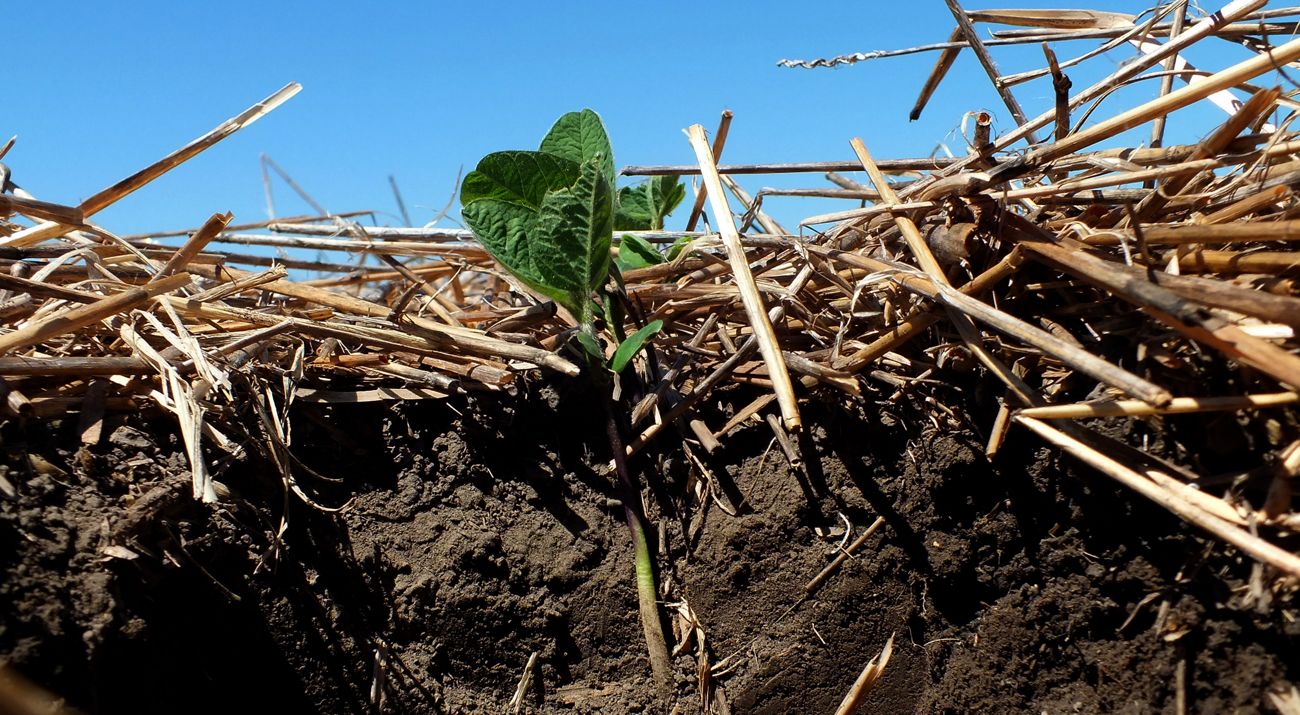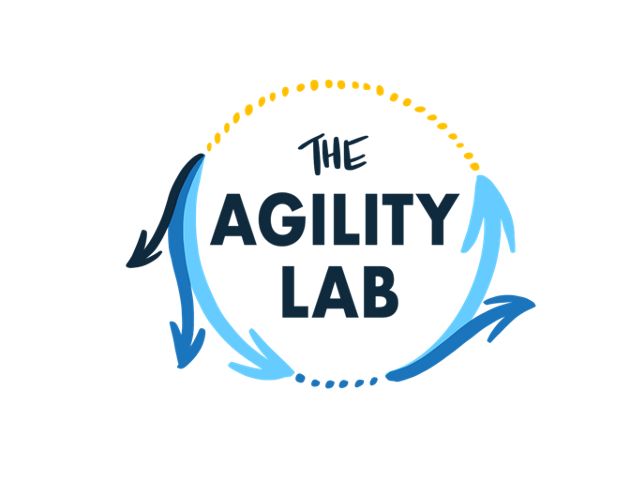A Sprint to Provide Key Data on Conservation Agriculture
Approaching the AgEvidence project differently: we started with The Agility Lab
Even for experts, it can be difficult to track all of the science produced in a field. There are many different research groups all producing an impressive amount of research and carving out their niche. This can lead to a sense that you never really fully understand the full picture of the evidence, even on topics you’re quite familiar with. Through the AgEvidence platform, my team wanted to make it easy for anyone to access the full body of science on the impact of agriculture on crops and the environment in the US Corn Belt. To do that, we knew it wouldn’t be enough to just compile the science, we had to think about how to visually communicate that science to people. To help facilitate this, we started our project in TNC’s Agility Lab.
See AgEvidence in Action
Access the AgEvidence visualization tool and explore the data.
Visit the SiteOur team sought out to create an easy-to-access, go-to repository for people to get information on the impact of sustainable agriculture on different environments and food production. The added challenge being that we wanted to make it user-friendly so people don’t have to be scientists to understand the data.
After doing some initial planning and realizing that our target audience was not necessarily who we expected, we quickly recognized that we lacked the tools and resources to develop a new way of presenting and interpreting the “scientist-level” data in an accessible way. We needed to collaborate.
Working with Jess Lybeck, Agility Lab co-lead at TNC, we were able to first define who exactly the target audience is and how that audience might use the tool. This then helped them identify the stakeholders we wanted to help support and advocate for the tool. With this, we brought these stakeholders to the table either in-person or through phone interviews to join the Agility Lab sprint.
It was really interesting to hear different perspectives from everyone on what would help drive impact in the work. We brought it down to a skeletal level and evaluated exactly what we wanted the tool to be, how it would work, and what success would be.
During the collaborative sprint, we were able to rapidly design a clickable prototype to then show stakeholders, quickly getting a sense of what was and was not working. We left the lab with a much stronger sense of both visually how we wanted the tool to be laid out, but also how we wanted it to function. This really enabled us to be able to take the next step with the tool.
Often times, we tend to work with people that we've worked with before. It was valuable to have a new group of people at the table, get new ideas, and create more of a collaborative enterprise. It really showed that you need to build that coalition before you start building the tool if you really want people to use it and advocate for it – both internally and externally.
Quote
The collaborative aspect of the Agility Lab enabled our team to rapidly build a prototype, test, fail, and learn in a condensed amount of time.
The collaborative aspect of the Agility Lab enabled our team to rapidly build a prototype, test, fail, and learn in a condensed amount of time. Additionally, coming away with a clickable prototype has enabled us to more efficiently gain support for the project in both funding and advocates.
It is clear, more collaboration in our work could get us so much further in figuring out how to apply all the data being captured by scientists and there is great value in testing early. I think that's just creating a culture of seeing failure as success. In conservation, we still shy away from failure and try to rebrand failure rather than learn from it and have it take us in new directions.
Hopefully, as there are more and more examples of how this process really impacts our work, people will start to integrate this more deeply into what we do.
AgEvidence successfully launched in August of 2020. The platform is a database of nearly 300 peer-reviewed research papers from 1980 with more than 15,000 data points. Visualization analytics enable users to easily navigate and interpret the data. AgEvidence also provides curated expert insights that are gleaned from the data on important topics. A map of all of the studies draws attention to geographies with little data where more studies could be conducted.
A prototype of the visualization dashboard was built during a three-day “sprint,” a process bringing together a small group of cross-functional experts, led by TNC’s Agility Lab.


